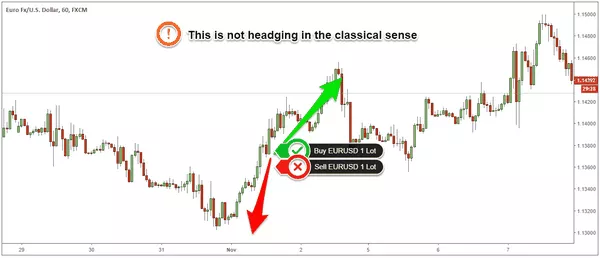Foreign exchange, or forex, is a decentralized global market where currencies are traded. The forex market is the largest and most liquid financial market in the world, with an estimated daily turnover of over $5 trillion. In this article, we will explore how foreign exchange works, including the key players involved, the different types of currency pairs, and the factors that influence exchange rates.
-
Section 1: Key Players in the Forex Market
The forex market is made up of various participants, including:
1. Banks:
Banks act as both dealers and clients in the forex market. They facilitate transactions between other market participants and may also trade on their own account.
2. Central Banks:
Central banks play a crucial role in the forex market by setting monetary policy, managing foreign reserves, and regulating currency exchange rates.
3. Hedge Funds:
Hedge funds are large institutional investors that engage in speculative trading in the forex market.
4.Retail Traders:
Retail traders are individual investors who trade forex through brokers.
-
Section 2: Types of Currency Pairs
In the forex market, currencies are always traded in pairs. The first currency in the pair is called the base currency, while the second currency is the quote currency. Here are the three main types of currency pairs:
1.Major Currency Pairs:
Major currency pairs are the most widely traded pairs in the forex market. They include the US dollar (USD) paired with the euro (EUR), Japanese yen (JPY), British pound (GBP), Swiss franc (CHF), Canadian dollar (CAD), and Australian dollar (AUD).
2.Minor Currency Pairs:
Minor currency pairs include any currency pair that does not include the USD as one of the currencies. Examples include the EUR/GBP, AUD/CAD, and CHF/JPY.
3.Exotic Currency Pairs:
Exotic currency pairs feature a major currency paired with a currency from an emerging market or a smaller economy. Examples include the USD/MXN (US dollar/Mexican peso) and EUR/TRY (euro/Turkish lira).
-
Section 3: Factors That Influence Exchange Rates
The exchange rate is the price at which one currency can be exchanged for another. Exchange rates are influenced by a variety of factors, including:
1.Interest Rates:
Higher interest rates in a country make its currency more attractive to foreign investors, increasing demand and driving up its value.
2.Economic Indicators:
Economic indicators such as GDP growth, inflation, and unemployment can impact a country’s currency value.
3.Political Stability:
Political instability and uncertainty can lead to a fall in a country’s currency value.
4.International Trade:
Trade balances and capital flows between countries can influence exchange rates.
5.Central Bank Policy:
Central bank policies, such as quantitative easing and interest rate changes, can have a significant impact on exchange rates.
Forex trading involves buying one currency and selling another simultaneously. Traders speculate on whether the value of one currency will rise or fall against another currency. Here are the steps involved in forex trading:
1) Choose a Broker:
To trade forex, you need to choose a broker that offers access to the forex market and provides a trading platform.
2) Open an Account:
Once you have chosen your broker, you need to open a trading account and deposit funds.
3) Analyze the Market:
Before trading, it’s essential to analyze the market and identify potential trading opportunities.
4) Place a Trade:
To place a trade, you need to select the currency pair you want to trade, enter the size of your position, and choose the direction you expect the market to move.
5) Monitor Your Position:
Once you have entered a trade, you need to monitor your position and manage your risk.
6) Close Your Position:
You can close your position at any time by selling the currency you bought or buying back the currency you sold.
-
Section 5: Advantages and Disadvantages of Forex Trading
Forex trading has its advantages and disadvantages, including:
Advantages:
1.Liquidity:
The forex market is the most liquid financial market in the world, providing fast and efficient trading opportunities.
2.Accessibility:
Forex trading is available to anyone with an internet connection, making it accessible to retail traders.
3.Leverage:
Forex trading allows traders to take on leverage, which means they can control larger positions with a smaller amount of capital.
Disadvantages:
1.Risk:
Like all forms of trading, there is always a risk of losses when trading forex.
2.Complexity:
Forex trading can be complex and requires a good understanding of the market and trading strategies.
3.Volatility:
The forex market can be highly volatile, with sudden and unpredictable price movements.
Conclusion:
The forex market offers a wide range of trading opportunities for investors of all levels. By understanding how the market works, analyzing the factors that influence exchange rates, and developing a sound trading strategy, traders can potentially profit from the currency market. However, it’s important to remember that forex trading involves risk and requires a good understanding of the market and trading strategies. As with any form of trading, it’s important to manage risk and only trade with capital you can afford to lose. Ultimately, successful forex trading requires discipline, patience, and a willingness to continuously learn and adapt to changing market conditions.


